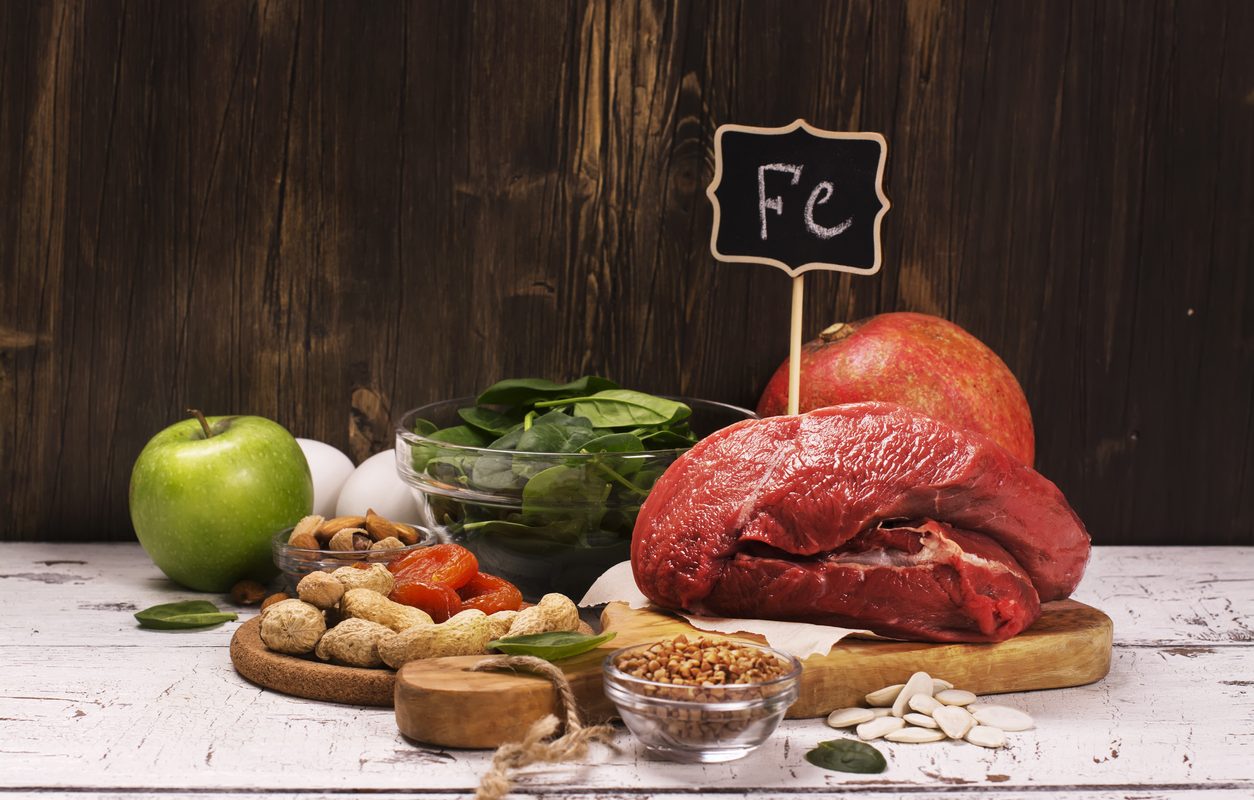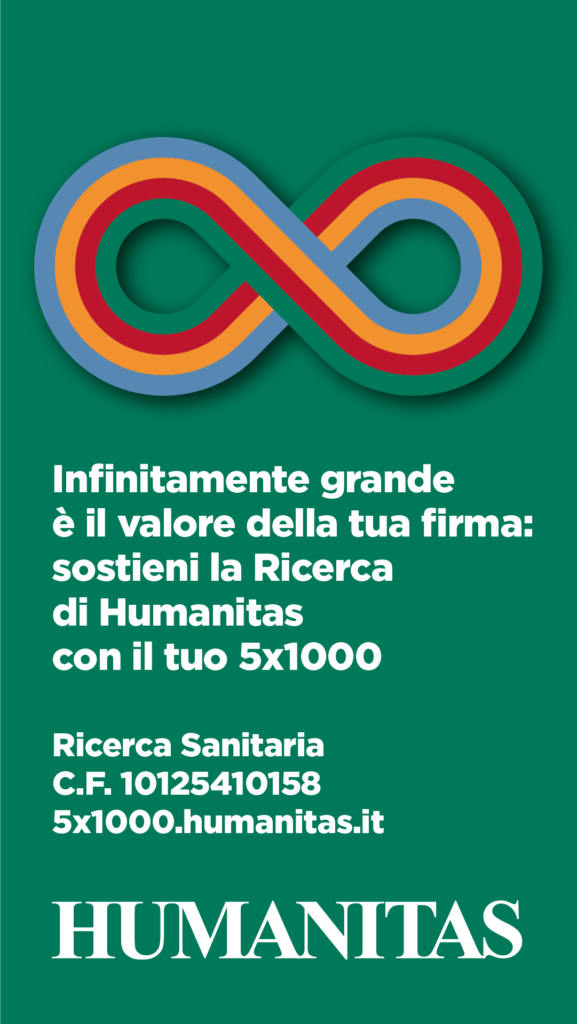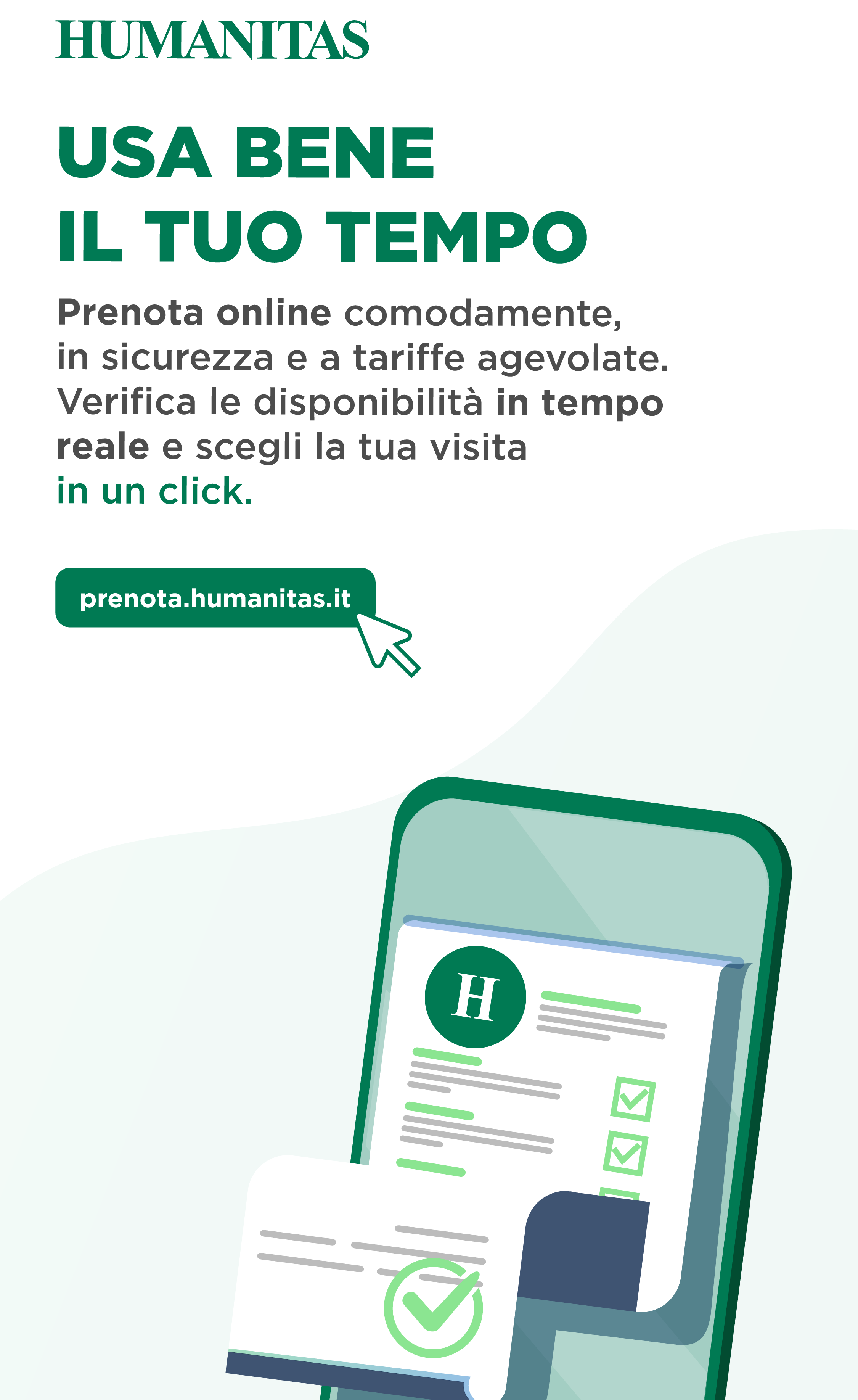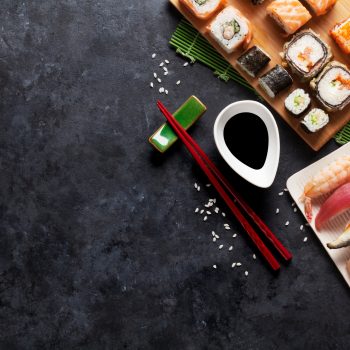Iron is one of the most important elements for our life. It is a macro-nutrient, that is, one of the most relevant minerals in our body. We could not live without it. In fact, iron is a fundamental component of hemoglobin (the protein that carries oxygen from the lungs to the rest of the body) and myoglobin (the protein that carries oxygen to muscles). It also participates to the activity of many enzymes. Plus, our body needs it to produce some hormones and the connective tissue.
Iron deficiencies determine the so-called iron-deficiency anemia, that may cause an otverall weakening of the body. It affects negatively the immune system, thermoregulation, cerebral neurotransmission, hair and nail growth. Iron absorption is regulated by some factors. Among them, the chemical form and Fe content in foods, its intestinal availability, and the presence of other ingested food components such as phytates and polyphenols.
Iron-containing foods
As Doctor Manuela Pastore, dietitian at Humanitas, says, “Iron deficiencies may be treated not only with supplements, but also by introducing foods rich in iron in our diet. Iron may be present in foods as heme iron (in foods of animal origin, absorbed rapidly and in large quantities) and non-heme iron (in vegetables, only absorbed up to 10% of its content). Vitamin C enhances the absorption of iron. Adding lemon juice to vegetables and other foods, or to drinking water, is a good habit to facilitate the gastric transformation of iron into its more absorbable form.
Foods of animal origin
The food of animal origin that is richest in iron, but also rich in cholesterol, is the offal. Thus, it is not expedient in the diet of people suffering from dyslipidaemia or cardiovascular diseases.
Bovine, horse and guinea-fowl meat, as well as chicken, turkey, lamb and pork, are the richest in the kind of iron our body absorbs easily.
Other iron-rich foods are molluscs and crustaceans, anchovies, salted codfish, sea bass, rockfish, bream, sardine, trout and tuna.
These foods provide proteins and vitamins, as well as a healthy dose of easily absorbable iron.
Foods of plant origin
Beans, chickpeas, lentils and lupin beans are rich in proteins, as well as being a good source of hardly absorbable iron. Other iron-rich vegetables are raw pumpkin seeds, quinoa and dark chocolate.
However, we should keep into consideration the fact that foods of plant origin contain substances such as phytates and oxalates, that hinder the absorption of iron. For instance, such foods are cocoa, whole grains, spinach and legumes.
Bread, pasta and cereals (wheat, rice, mais, barley, oat, rye) provide many vitamins and minerals, including iron.
Vegetables and fruit
The iron-richest vegetables are green leafy vegetables, such as spinach, chard, chicory, lettuce, tomatoes, peppers, broccoli, cabbages. They are rich in iron and even richer in vitamin C, that is useful for iron absorption. Iron-rich and vitamin C-rich fruits, such as citrus fruit, currant, grapefruit juice, raisins and kiwis are paramount in our diet in order to absorb iron. Dietitians recommend drinking freshly squeezed citrus juice and using lemon juice to season salads, fish and meat.
Nuts, pistachio nuts, almonds and especially chestnuts have important properties and contain iron. Also tofu (derived from soybean) is a great source of proteins and iron.
Pay attention to certain foods
We should not combine certain foods with iron-rich foods. That is because they may hinder the absorption of iron. Dairy products, in particular (due to their high calcium content), and also chocolate, tea and coffee. Eat these foods without a meal.





